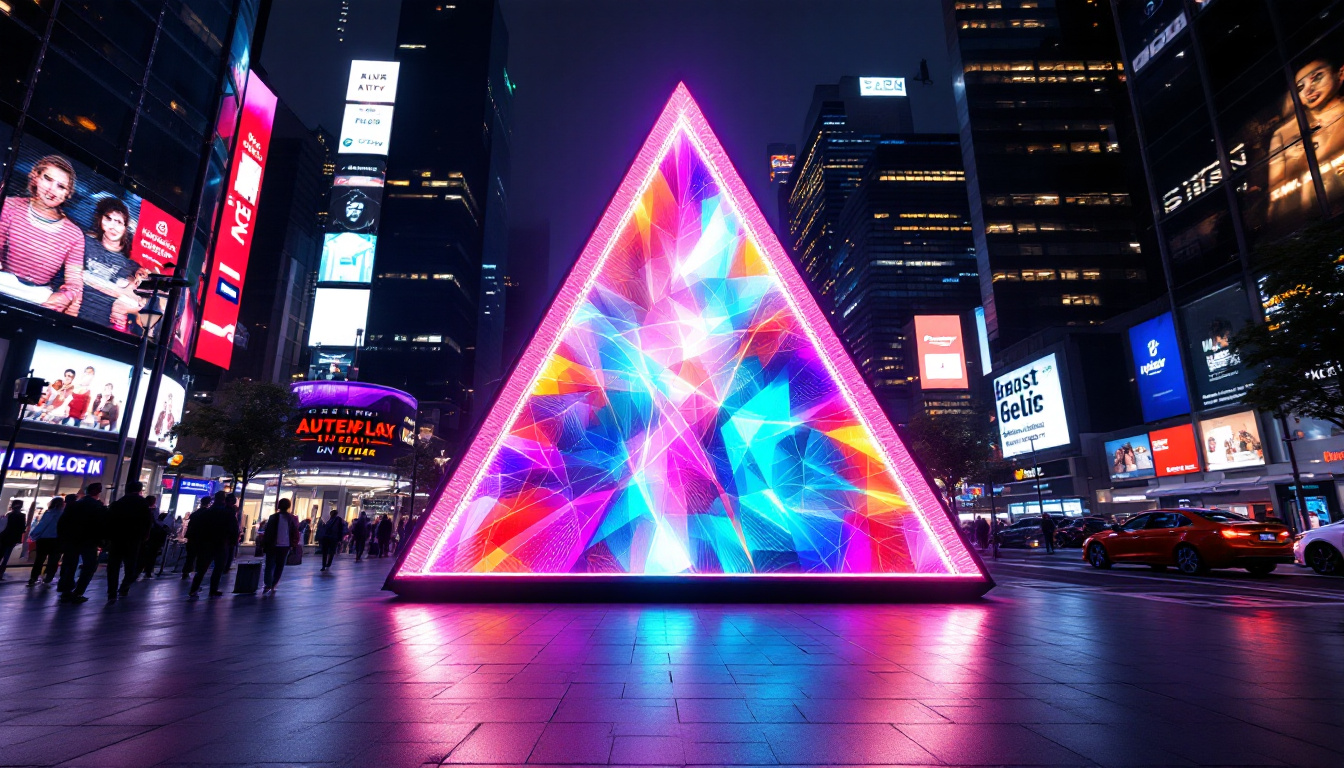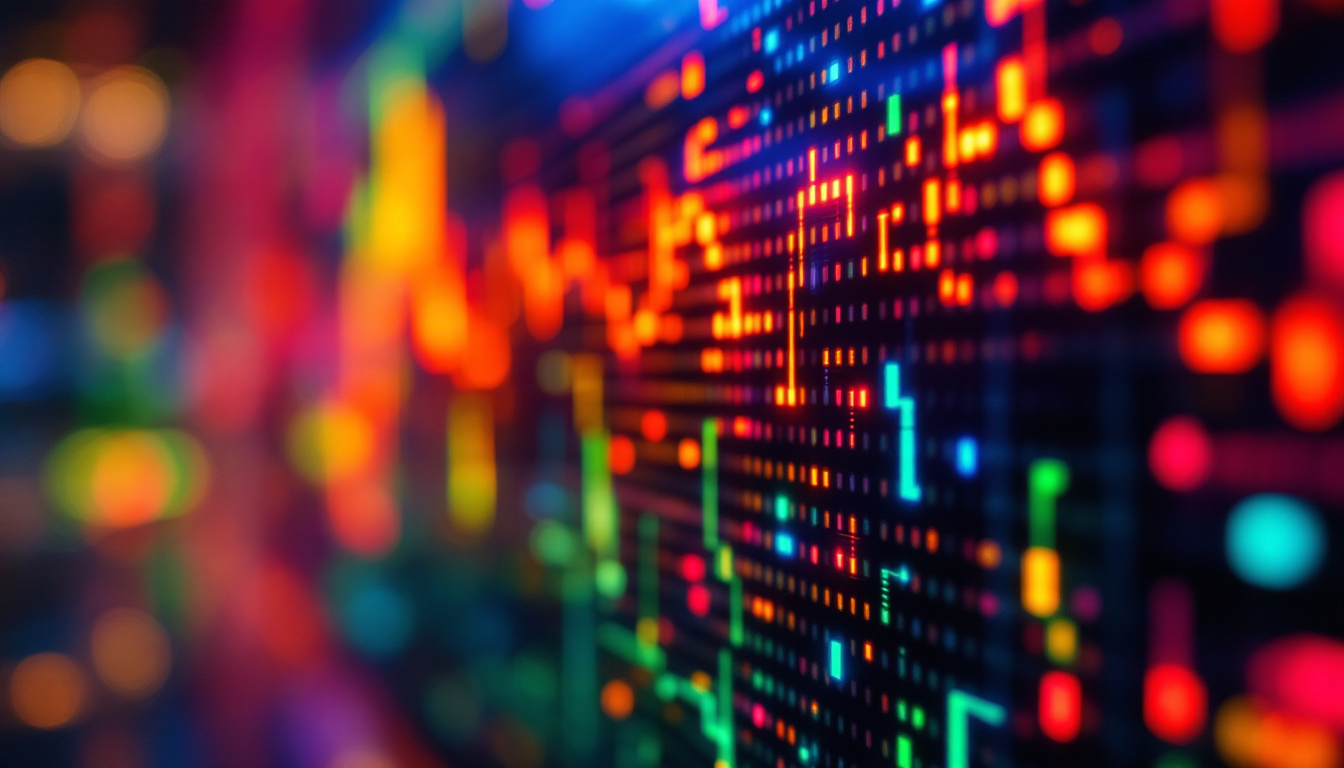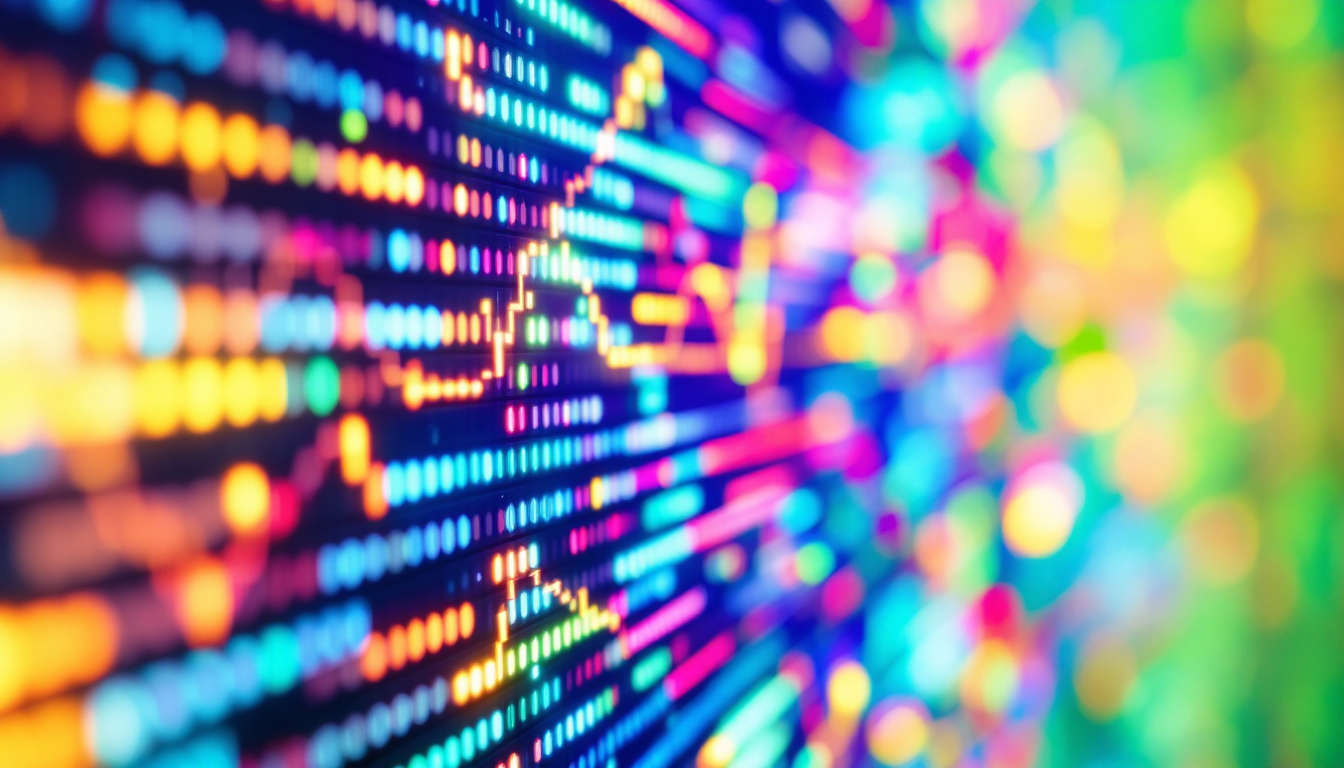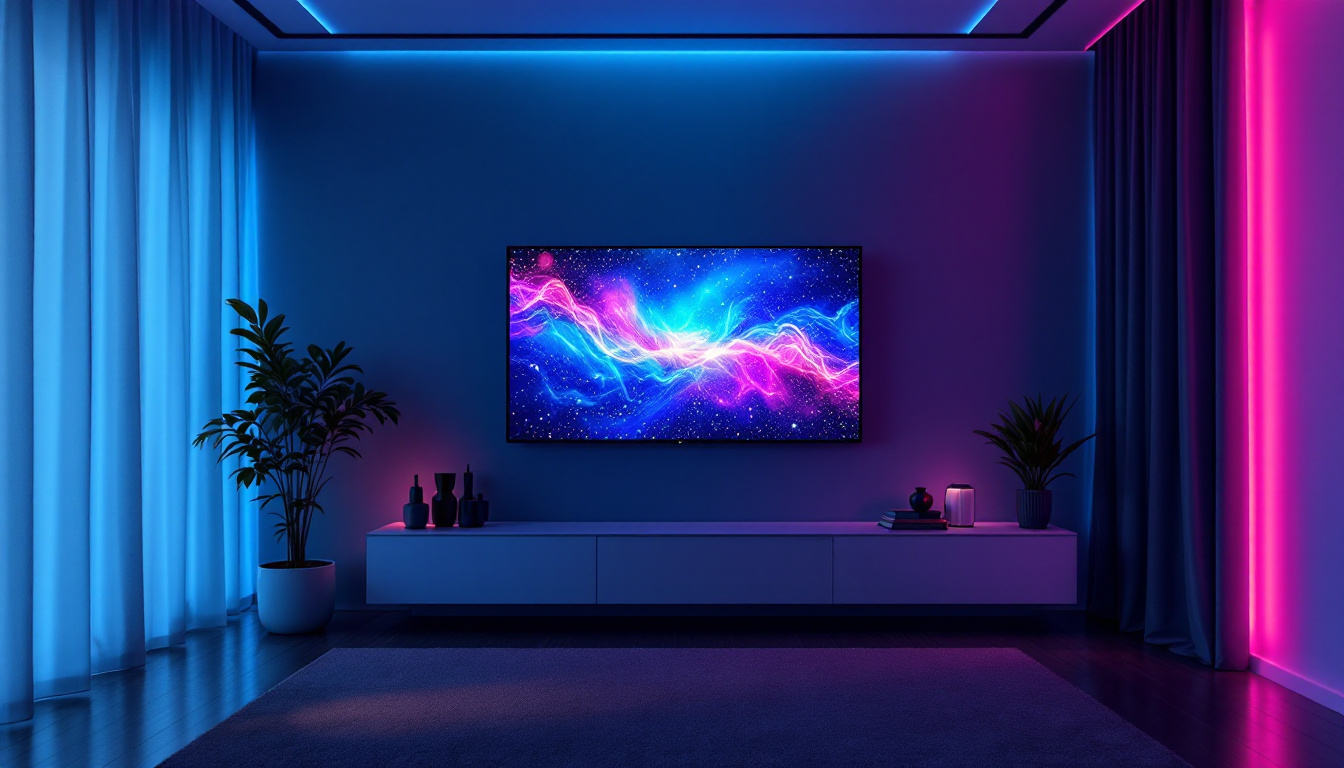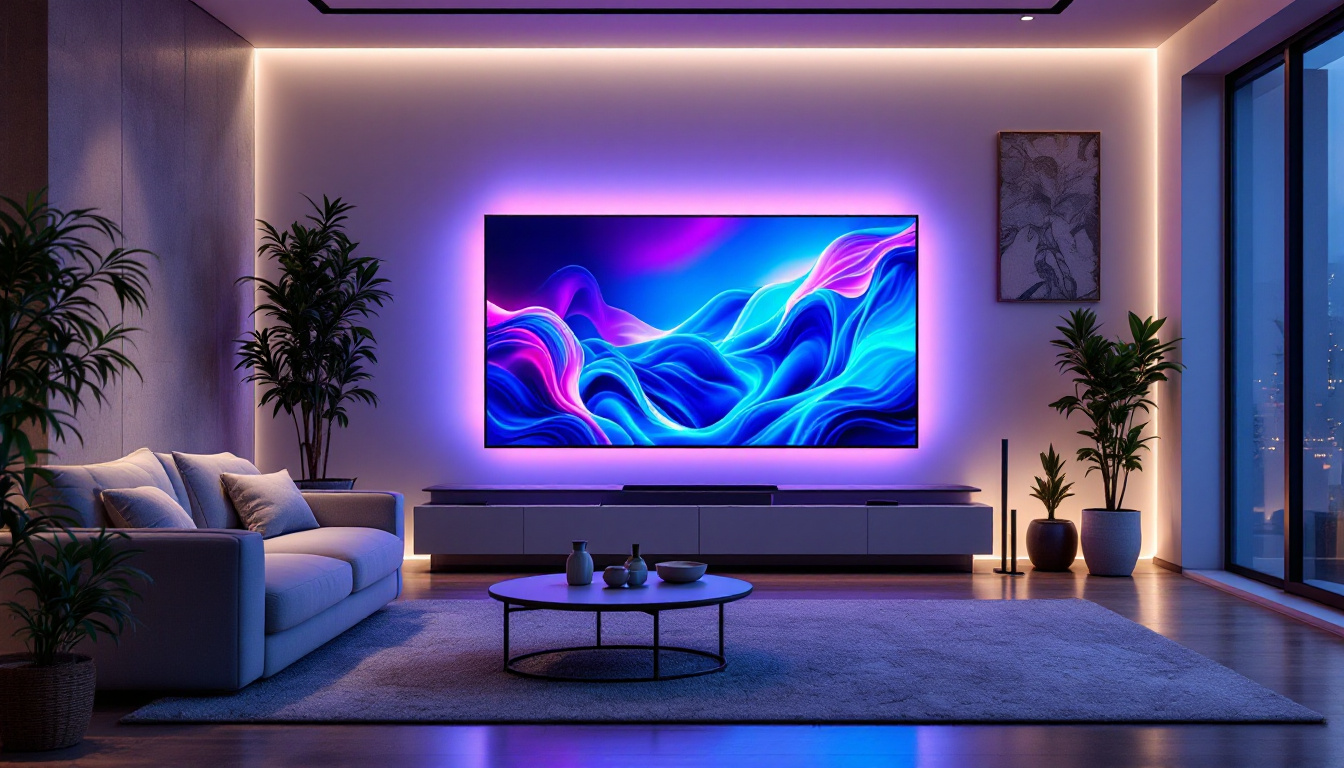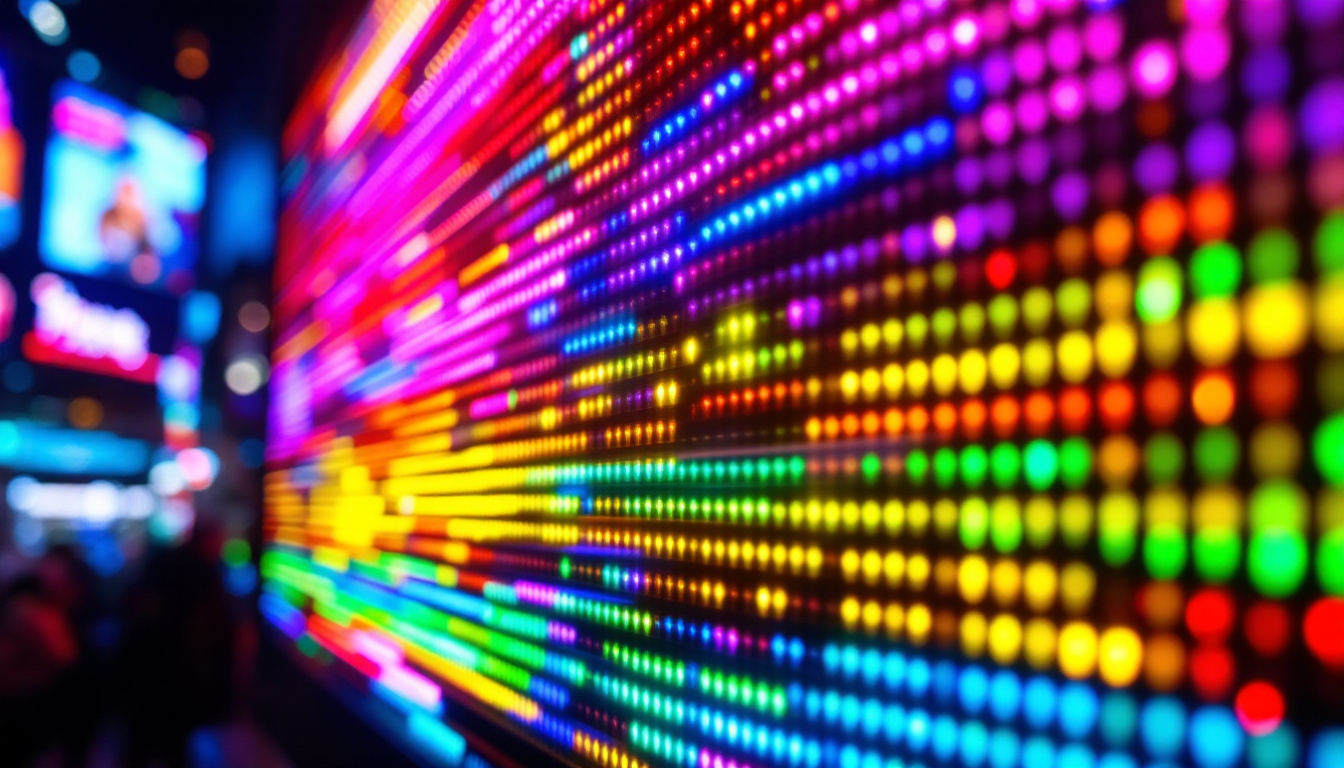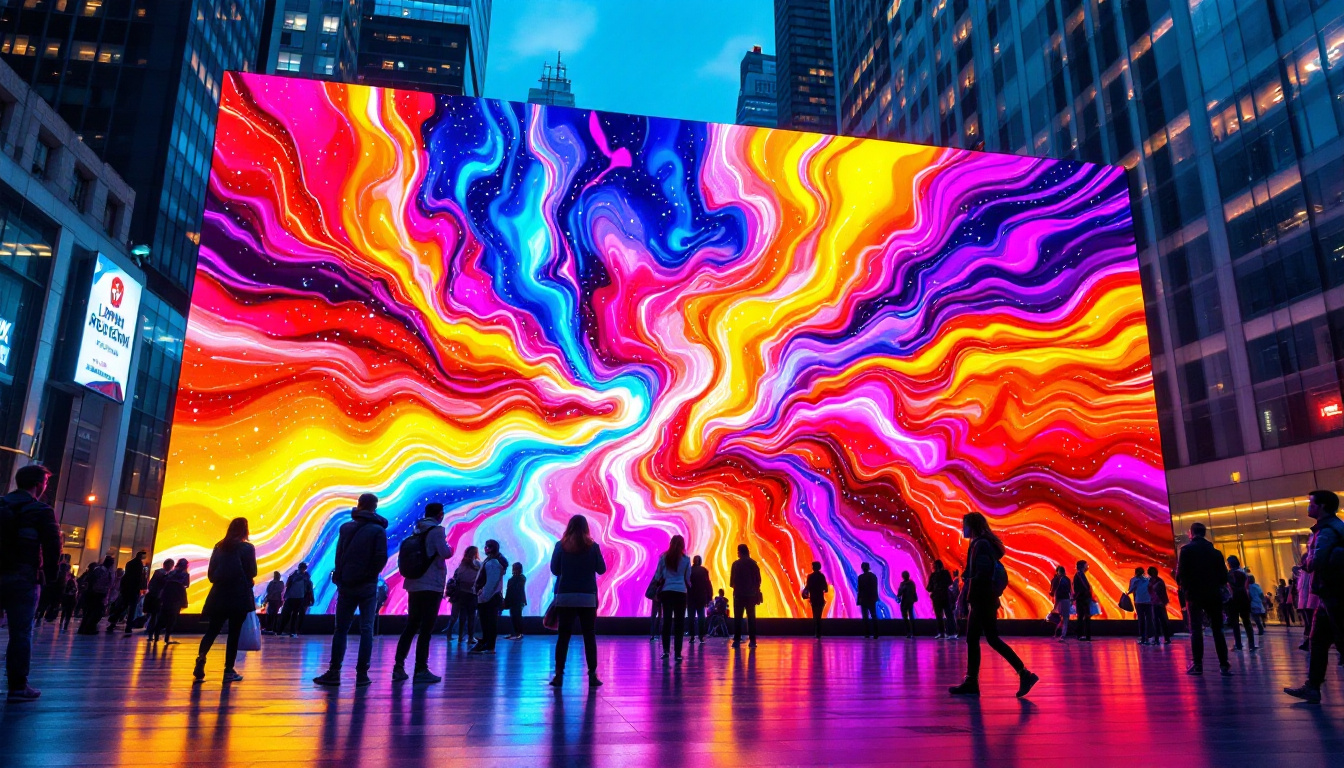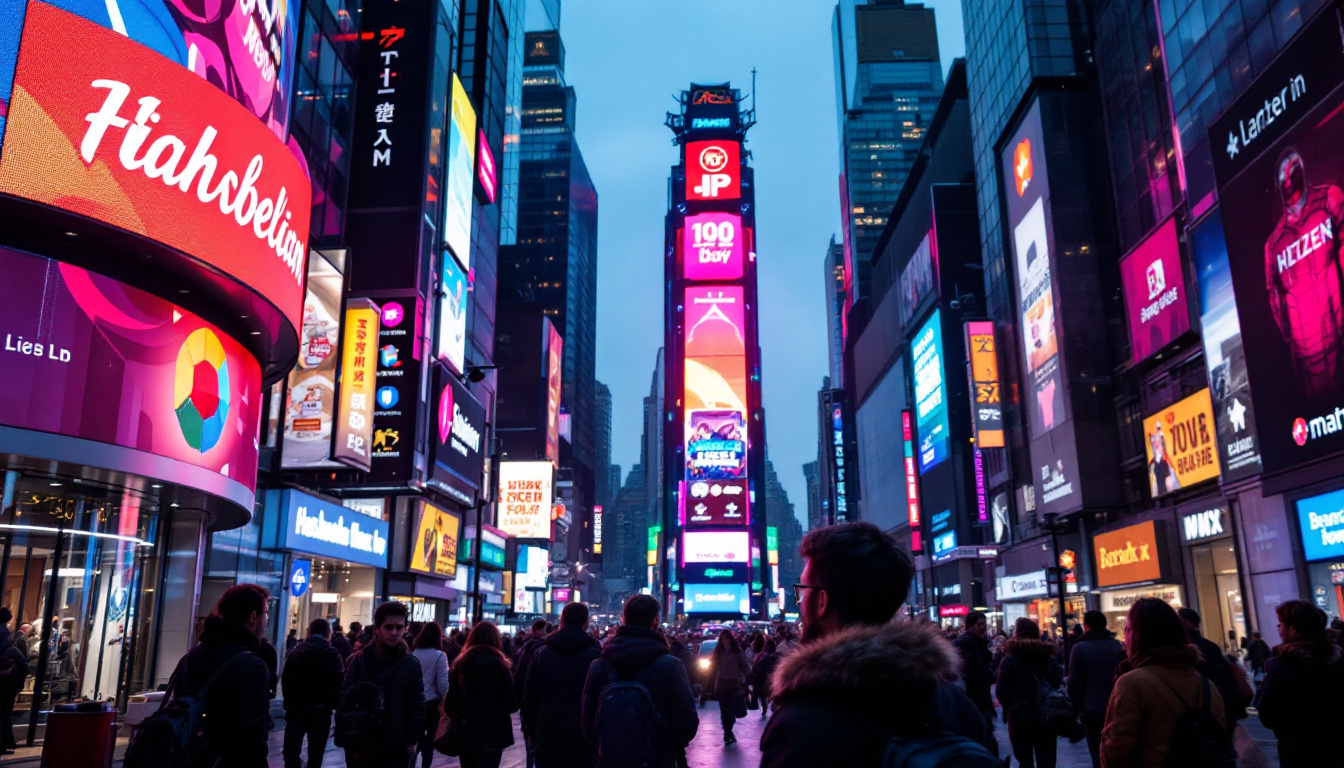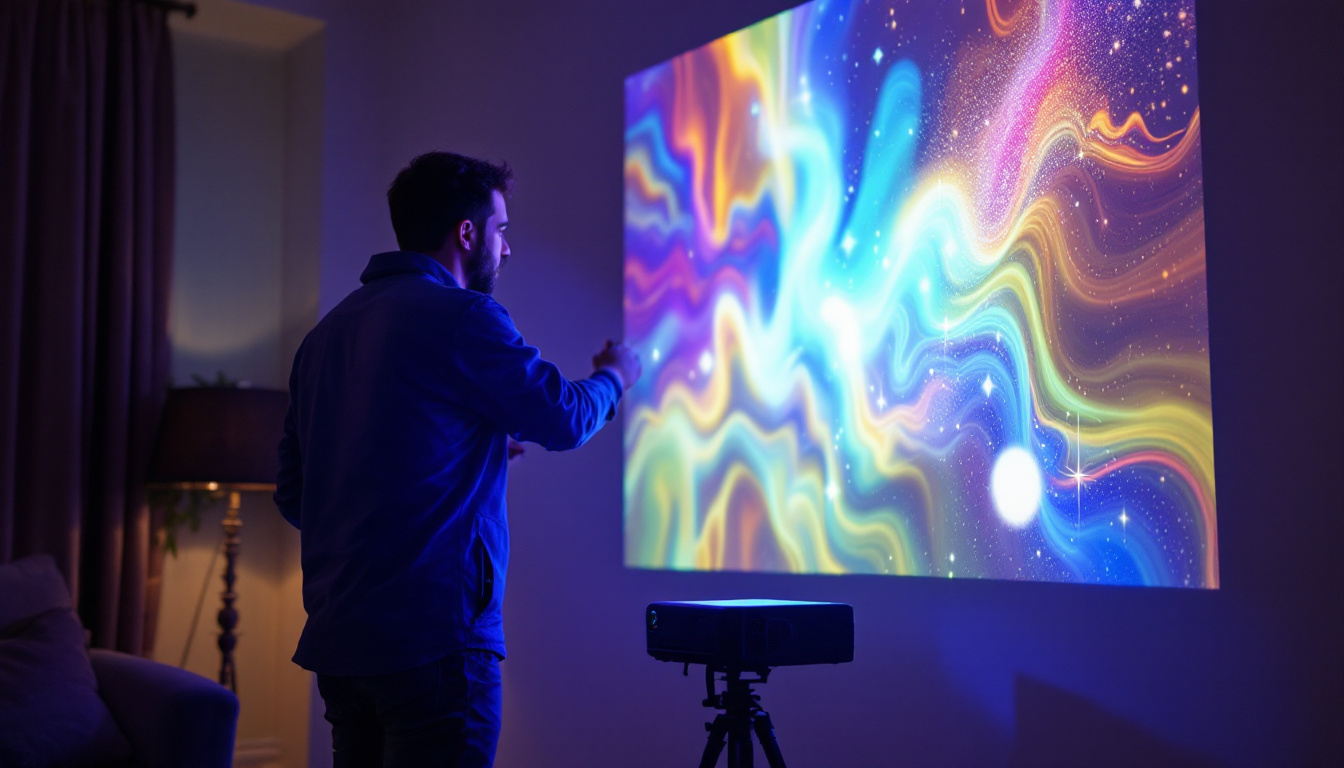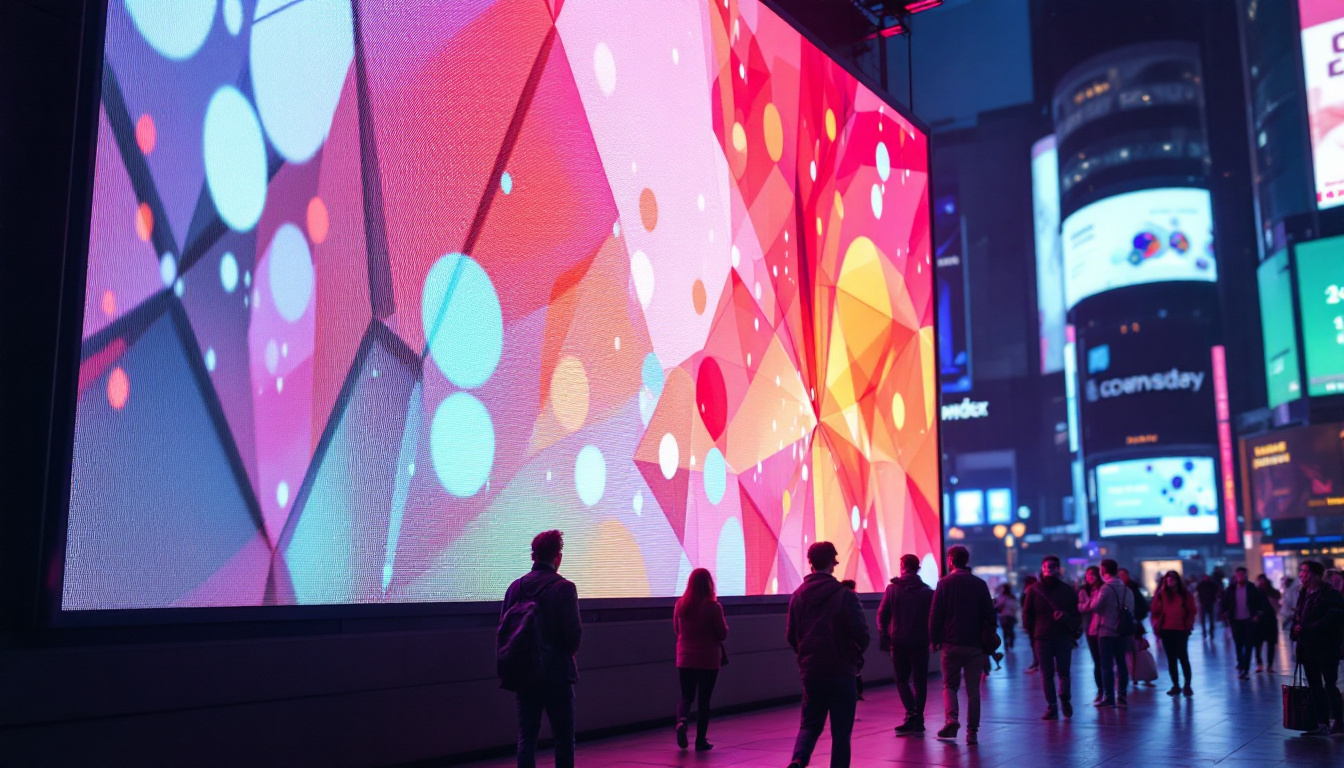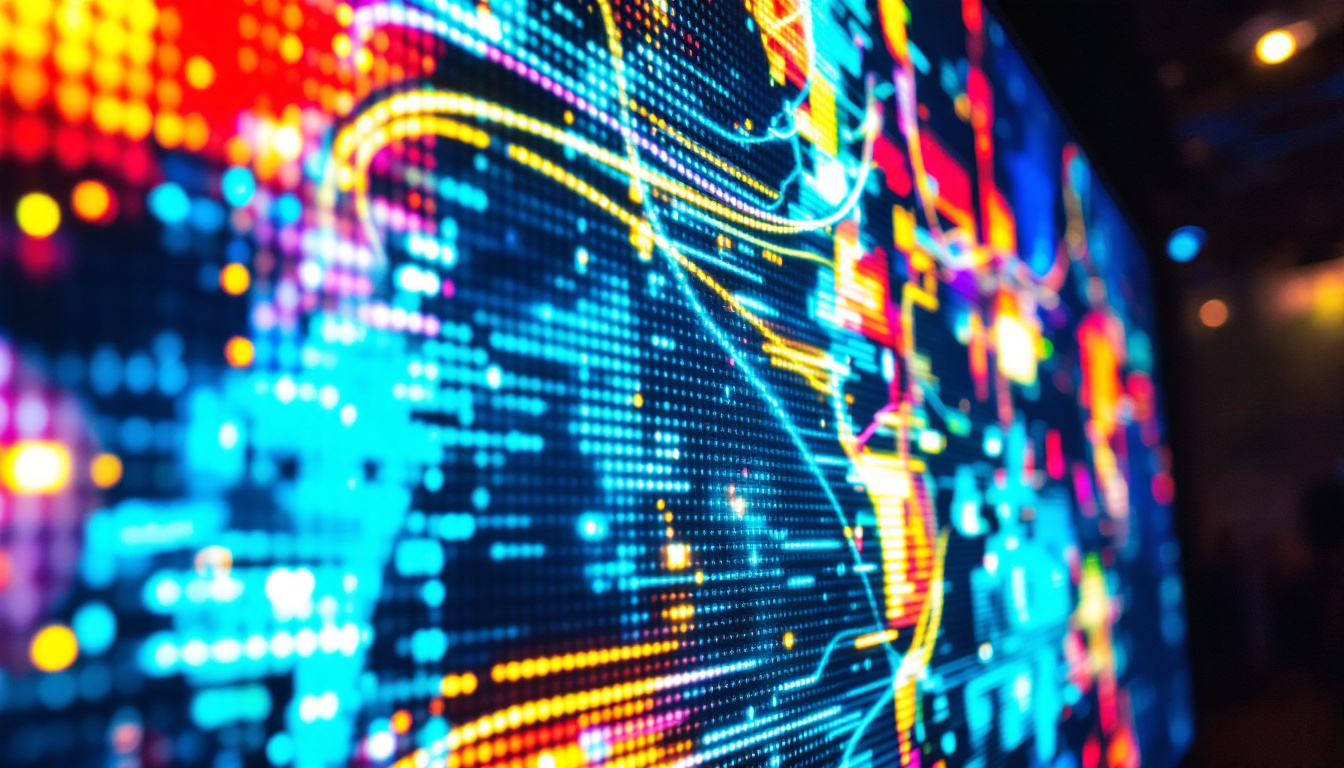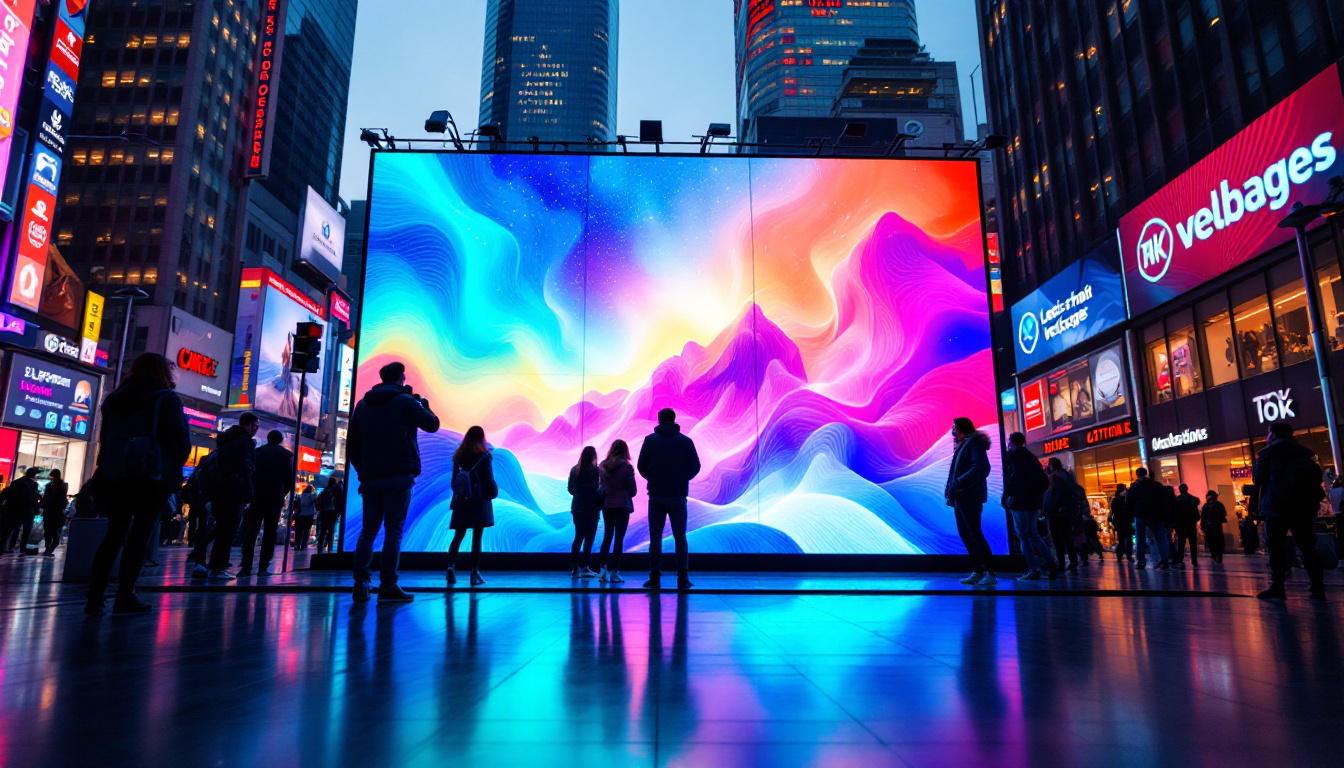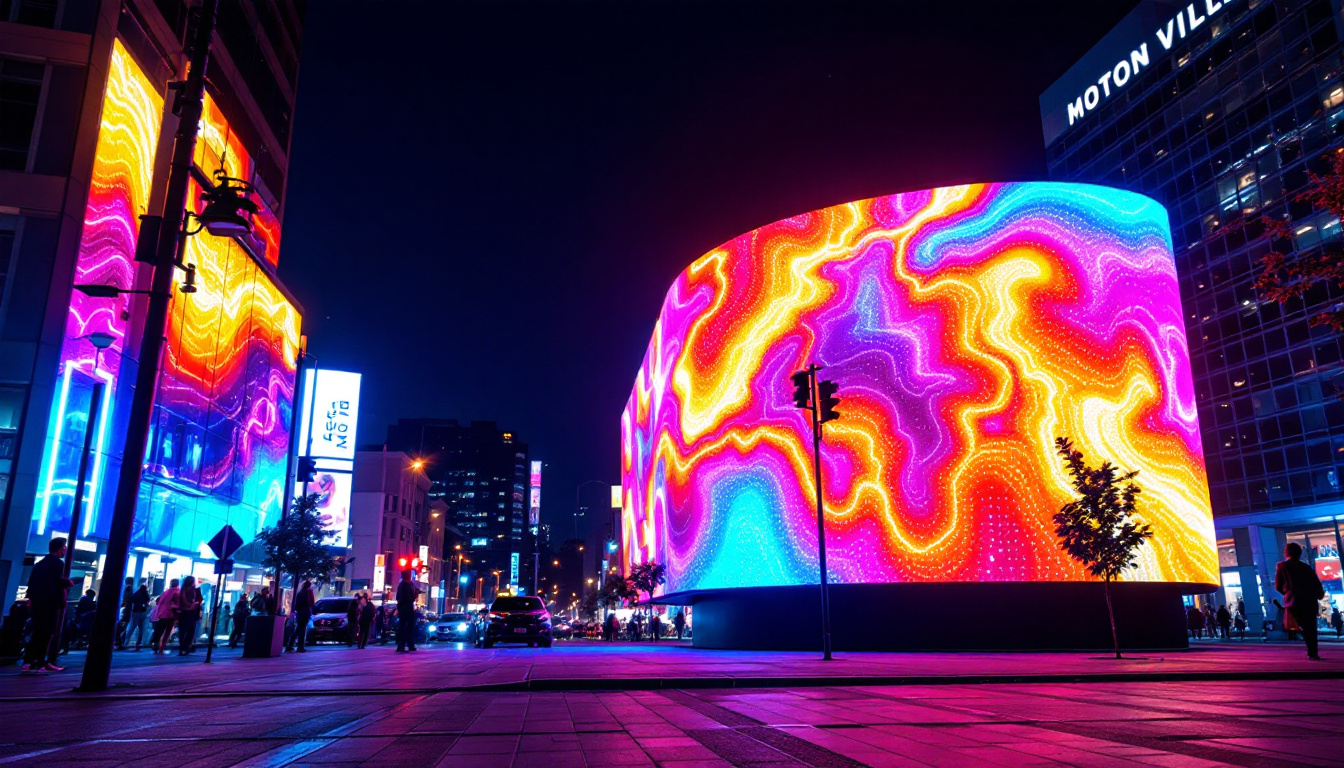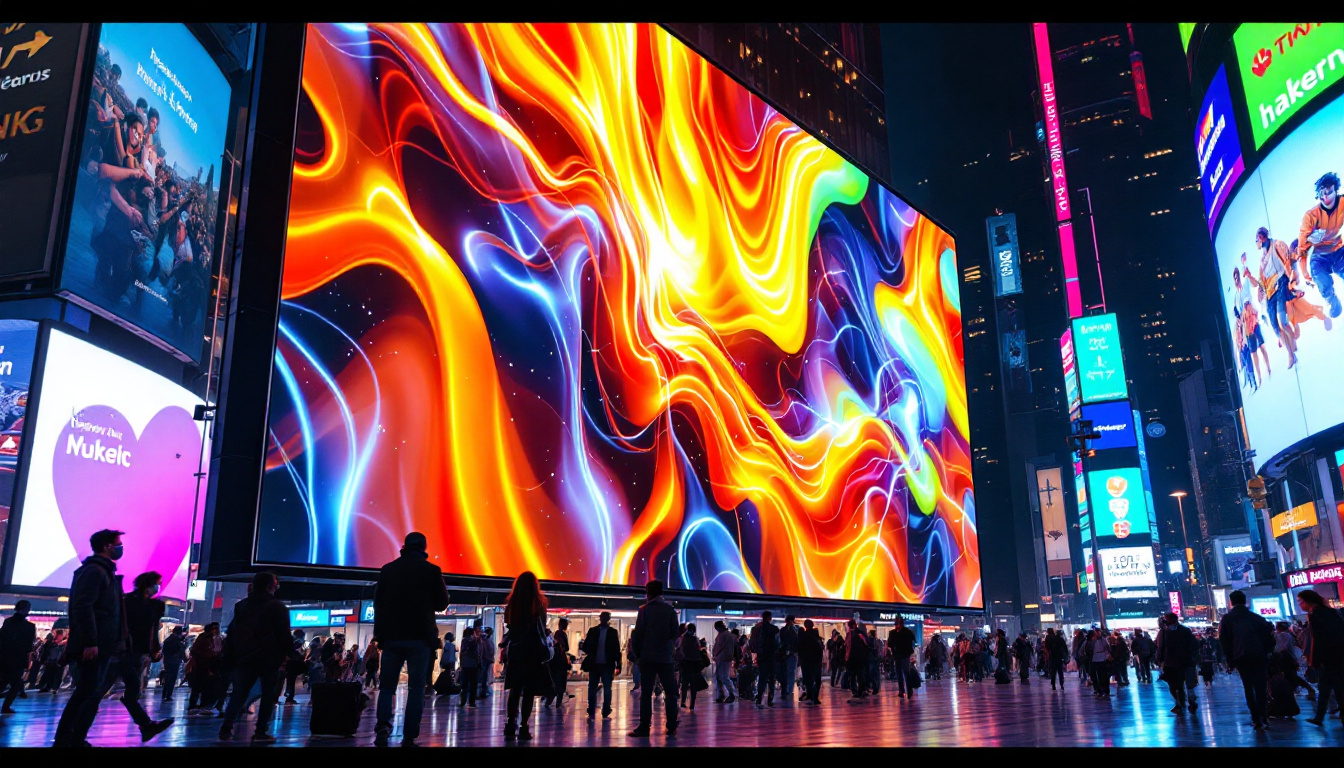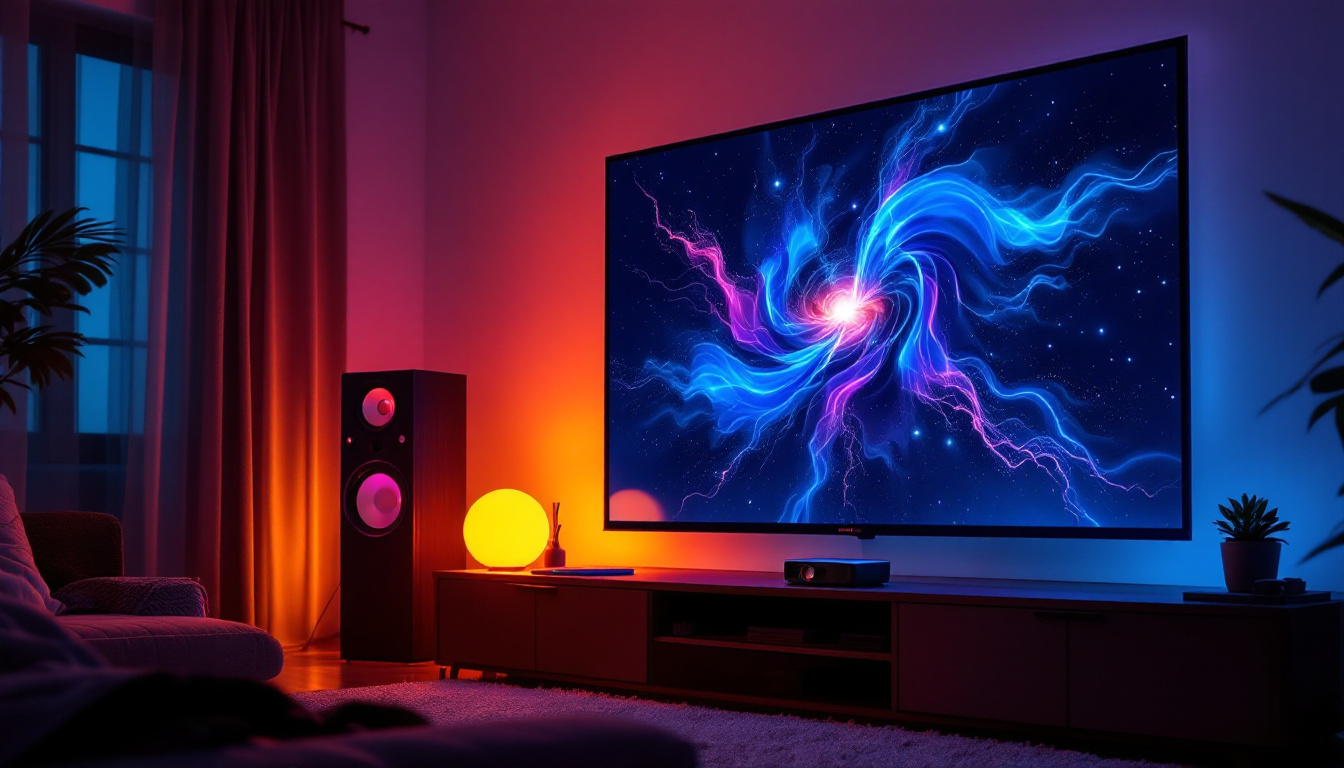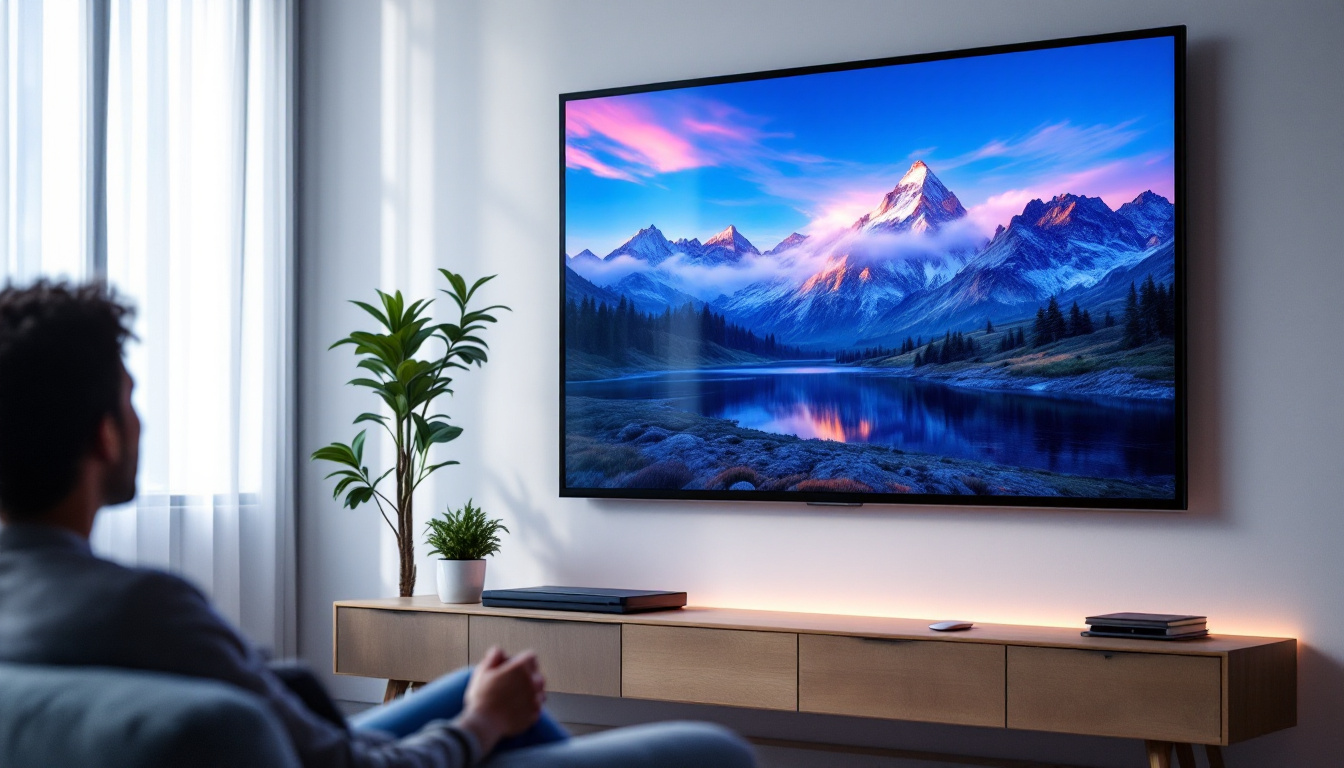In the world of technology, displays have evolved significantly over the years. Among the various types of displays available today, LED (Light Emitting Diode) displays stand out for their efficiency, vibrancy, and versatility. This article delves into the intricacies of LED displays, exploring their advantages, applications, and how they compare to other display technologies.
What is an LED Display?
An LED display is a flat panel display that uses light-emitting diodes as pixels for a video display. Unlike traditional LCDs that rely on backlighting, LED displays emit their own light, resulting in brighter images and deeper blacks. This technology has become increasingly popular in various applications, from televisions to large-scale advertising billboards. The vibrant colors and high contrast ratios offered by LED displays make them ideal for showcasing dynamic content, capturing the attention of viewers in a way that older technologies often cannot.
Furthermore, the energy efficiency of LED displays is a significant advantage. They consume less power than traditional display technologies, making them more environmentally friendly and cost-effective in the long run. As the demand for energy-efficient solutions grows, LED displays are becoming the preferred choice for both consumers and businesses looking to reduce their carbon footprint while still delivering high-quality visual experiences.
How LED Displays Work
At the core of an LED display are the tiny diodes that produce light when an electric current passes through them. These diodes can be arranged in various configurations to create images. The most common types of LED displays include:
- Direct LED: This type uses LEDs placed directly behind the screen, providing uniform brightness across the display.
- Edge-Lit LED: In this configuration, LEDs are placed along the edges of the screen, with light diffused across the display. This allows for thinner designs but may result in uneven brightness.
- OLED: A variation of LED technology, OLED (Organic Light Emitting Diode) displays use organic compounds to emit light, allowing for even thinner screens and better contrast.
Additionally, the advancements in LED technology have led to the development of MicroLED displays, which utilize microscopic LEDs to form images. MicroLEDs promise even greater resolution and color accuracy, paving the way for next-generation displays that could revolutionize how we consume media. These displays are not only brighter but also more durable, as they do not suffer from burn-in issues that can affect OLED screens, making them a compelling option for both consumers and commercial applications.
Types of LED Displays
LED displays come in various forms, each suited for specific applications. The most common types include:
- LED TVs: These are the most familiar form of LED displays, widely used in homes and commercial settings.
- Digital Signage: Used for advertising and information dissemination, these displays are often found in public places like airports, malls, and stadiums.
- Outdoor LED Screens: Designed to withstand weather conditions, these displays are used for billboards and large-scale advertising.
Moreover, LED displays are increasingly being integrated into smart technology ecosystems, allowing for interactive features that enhance user engagement. For instance, touch-sensitive LED displays can be found in kiosks and interactive exhibits, providing users with a hands-on experience. This interactivity not only captivates audiences but also allows businesses to gather valuable data on consumer behavior, enabling them to tailor their marketing strategies effectively.
Advantages of LED Displays
LED displays offer several advantages over traditional display technologies, making them a preferred choice for many consumers and businesses alike.
Energy Efficiency
One of the most significant benefits of LED displays is their energy efficiency. Compared to traditional LCD and plasma displays, LED technology consumes less power, which not only reduces electricity bills but also has a lower environmental impact. This efficiency is particularly advantageous for large installations, such as digital signage and billboards, where displays are often on for extended periods. Furthermore, the reduced energy consumption contributes to a smaller carbon footprint, aligning with the growing emphasis on sustainability in both corporate and personal practices.
Brightness and Color Quality
LED displays are known for their superior brightness levels, making them ideal for various lighting conditions. Whether in a dimly lit room or under bright sunlight, LED displays maintain clarity and vibrancy. Additionally, they offer a wider color gamut, allowing for more accurate and vivid color reproduction. This quality is especially important for applications like graphic design, photography, and video production. The ability of LED displays to produce deep blacks and bright whites enhances the overall viewing experience, making them a popular choice for home theaters and professional studios alike. Moreover, advancements in LED technology, such as HDR (High Dynamic Range), further elevate the visual experience by providing even greater contrast and detail in images.
Longevity and Durability
LED displays are built to last. With a lifespan that can exceed 50,000 hours, they often outlive traditional displays. This longevity is coupled with enhanced durability, as LED technology is less susceptible to screen burn-in and damage from impact. As a result, businesses can save on replacement costs and maintenance, making LED displays a wise investment. Additionally, many LED displays are designed to withstand various environmental conditions, making them suitable for outdoor use. Their resistance to moisture and temperature fluctuations means they can perform reliably in diverse settings, from bustling urban landscapes to serene rural environments. This versatility not only expands their application range but also ensures that users can depend on them for consistent performance over time.
Applications of LED Displays
The versatility of LED displays allows them to be utilized in a wide range of applications across various industries.
Consumer Electronics
LED technology has transformed the consumer electronics market, particularly in televisions and monitors. With advancements in display resolution, such as 4K and 8K, LED TVs provide an immersive viewing experience. Smart TVs equipped with LED displays also offer features like streaming capabilities and interactive interfaces, enhancing user engagement.
Advertising and Marketing
In the realm of advertising, LED displays have revolutionized how brands communicate with consumers. Digital billboards and signage can be updated in real-time, allowing for dynamic content that captures attention. This adaptability is crucial in today’s fast-paced marketing environment, where timely information can significantly impact consumer behavior.
Transportation and Public Spaces
LED displays are increasingly used in transportation hubs, such as airports and train stations, to provide real-time information to travelers. From flight schedules to safety announcements, these displays enhance the overall travel experience. Additionally, public spaces utilize LED technology for community announcements, event promotions, and interactive installations, fostering engagement and connectivity.
Comparing LED Displays with Other Technologies
While LED displays have many advantages, it is essential to compare them with other display technologies to understand their unique benefits and limitations.
LED vs. LCD
Both LED and LCD (Liquid Crystal Display) technologies are prevalent in the market, yet they differ significantly. While LED displays use diodes to emit light, LCDs rely on fluorescent backlighting. As a result, LED displays typically offer better contrast, brightness, and energy efficiency. However, LCDs can be more affordable and may still be preferred for specific applications where cost is a primary concern.
LED vs. Plasma
Plasma displays were once popular for large screens, particularly in home theaters. However, they have largely been replaced by LED technology due to several factors. LED displays are lighter, thinner, and more energy-efficient than plasma screens. Additionally, LED technology provides better brightness and color accuracy, making it the preferred choice for most consumers today.
LED vs. OLED
OLED displays are often touted for their superior contrast and color reproduction. Unlike LED displays, OLED technology allows each pixel to emit its own light, resulting in true blacks and vibrant colors. However, OLED displays can be more expensive and may have a shorter lifespan. For many users, the choice between LED and OLED comes down to budget and specific use cases.
Future of LED Display Technology
The future of LED display technology looks promising, with ongoing advancements aimed at enhancing performance and user experience.
MicroLED Technology
One of the most exciting developments in the LED space is MicroLED technology. MicroLED displays consist of tiny, microscopic LEDs that can be arranged to create high-resolution images without the need for backlighting. This technology promises to deliver even better brightness, contrast, and energy efficiency. As MicroLED becomes more mainstream, it may redefine the standards for display quality.
Flexible and Transparent Displays
Innovations in LED technology have also led to the development of flexible and transparent displays. These displays can bend and curve, allowing for creative applications in architecture and design. Transparent displays offer unique opportunities for advertising and information sharing in retail environments, enabling brands to engage customers in innovative ways.
Integration with Smart Technologies
As smart technology continues to advance, LED displays are increasingly being integrated with IoT (Internet of Things) devices. This integration allows for smarter, more responsive displays that can adapt to user preferences and environmental conditions. From smart homes to interactive retail experiences, the potential applications are vast and varied.
Conclusion
LED displays have undoubtedly transformed the landscape of visual technology. With their energy efficiency, vibrant color reproduction, and versatility, they have become the preferred choice for various applications across multiple industries. As technology continues to evolve, LED displays will likely remain at the forefront, driving innovation and enhancing user experiences.
Understanding the intricacies of LED displays is essential for consumers and businesses alike, enabling informed decisions when selecting the best display technology for their needs. Whether for home entertainment, advertising, or public information, LED displays offer a compelling solution that meets the demands of a rapidly changing digital world.
Discover LumenMatrix’s Innovative LED Display Solutions
Ready to elevate your visual experience with the latest in LED technology? Look no further than LumenMatrix, a pioneer in crafting LED display modules that bring your brand to life. From the immersive Indoor LED Wall Display to the dynamic Outdoor LED Wall Display, and from the mobile flexibility of Vehicle LED Displays to the sleek LED Poster Displays, LumenMatrix offers a comprehensive range of solutions tailored to your unique needs. Embrace the future of visual communication with our LED Sports Displays, interactive Floor LED Displays, versatile Custom LED Displays, all-encompassing All-in-One LED Displays, and the captivating LED Transparent Display. Check out LumenMatrix LED Display Solutions today and transform how you connect with your audience.


